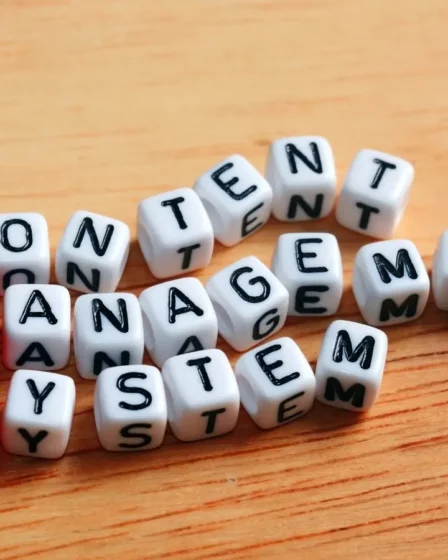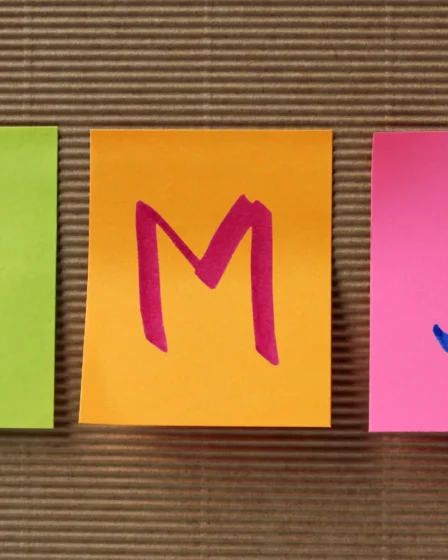A cell structure functions like a well-organized factory. Conveyor belts transport materials, power stations generate energy, and recycling units handle waste. Just as every factory has specialized departments, a cell has organelles, each performing a specific task. The cell couldn’t function without them, just as a factory cannot operate without machinery. This study guide covers …
Vacuole: The Storage and Recycling Center of the Cell
Why do some plants wilt in the heat while others stay firm? The answer lies in a vacuole, a storage organelle that controls water inside the cell. Just like a warehouse, it stores useful materials and removes waste. Without it, plant cells shrink, and waste builds up, affecting cell function. This study guide explains the …
What Are Online Courses?
Defining Online Courses Online courses are educational programs delivered through the internet. They are designed to help you gain knowledge and skills in various subjects. These courses come in different formats: recorded video lectures, live interactive sessions, discussion forums, and assessments. The content is usually divided into modules focusing on specific topics or ideas. This …
Understanding Learning Content Management Systems: LCMS
A Learning Content Management System (LCMS) is a platform built specifically for creating, managing, and delivering eLearning content in one centralized place. While a Learning Management System (LMS) mainly focuses on providing courses and tracking learners’ progress, an LCMS is designed with a strong focus on content creation, collaboration, and reuse. It includes tools for …
Learning Management Systems – LMS: Definition and Benefits
Section 1: What is an LMS? A Learning Management System (LMS) is software designed to organize, deliver, and monitor educational or training programs. It is a central platform where learning content can be created, shared, and tracked. LMS platforms support both online and hybrid learning environments. They are used for various purposes, such as onboarding, …
Lysosome and Autophagy: How Cells Break Down Waste
A city stays clean because garbage trucks collect and break down waste. Without them, trash would pile up, blocking roads and causing damage. Lysosomes work the same way inside cells, breaking down worn-out cell parts and invading microbes, and large molecules. Without them, waste would accumulate, disrupting normal cellular processes. This study guide explains what …
What is the Pomodoro Technique?
The Pomodoro Technique is a time management method that helps you stay focused and productive by alternating work periods with short breaks. You divide your tasks into 25-minute focused work sessions, called “Pomodoros,” and take a 5-minute break after each session. Once you complete four Pomodoros, you take a longer break, between 15 and 30 …
Prepositions in English: Definition, Types, and Examples
Prepositions are essential words or phrases in English that link nouns, pronouns, or noun phrases to other parts of a sentence. They are crucial in showing relationships by providing details about time, place, direction, cause, or manner. The Cambridge Dictionary defines a preposition as “a word that connects a noun, a noun phrase, or a …
Golgi Apparatus: Vesicle Transport and Protein Sorting
A warehouse sorts, labels, and ships packages to the right destinations. Inside a cell, the Golgi apparatus does the same with proteins. It modifies, organizes, and sends proteins where needed, ensuring the cell runs smoothly. Without this system, proteins would be unusable, and the cell couldn’t function. This study guide explains the Golgi apparatus, its …
Understanding Learning Styles: Theories, Applications, and Critiques
Learning styles describe how people process, absorb, and retain information differently, reflecting their cognitive preferences. These preferences are based on the idea that people learn more effectively when teaching aligns with their specific style. One well-known model of learning styles is Neil Fleming’s VARK, introduced in 1987. This model categorizes learners as Visual, Auditory, Reading/Writing, …









